Tarsus today is a small town. The first time I visited it 20 years ago, it had a Christian school. Today that is a public school. There is a St. Paul Church in Tarsus, but it only dates to 1862.
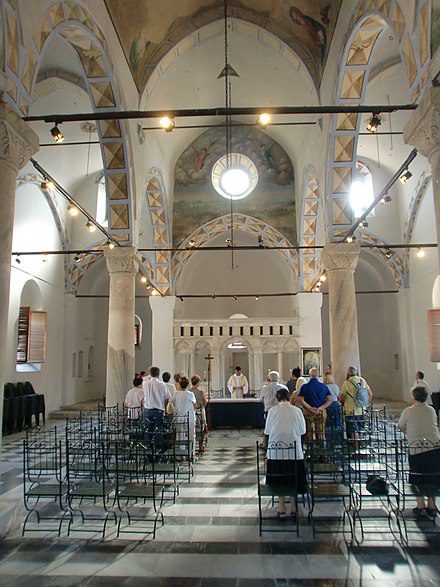
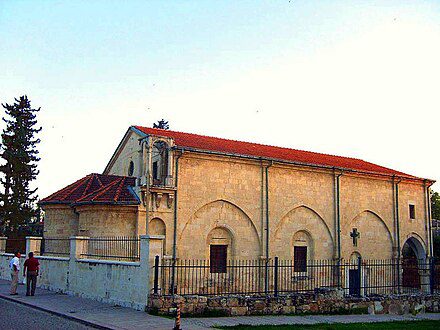
There is no historical evidence that Paul ever started a church here, and none of his letters suggest that he did. But there are some things worth seeing in Paul’s hometown. Before the time of Paul the city was famous for the fact that Antony who was wooing Cleopatra were once here, and there is a city gate now named Cleopatra’s arch.
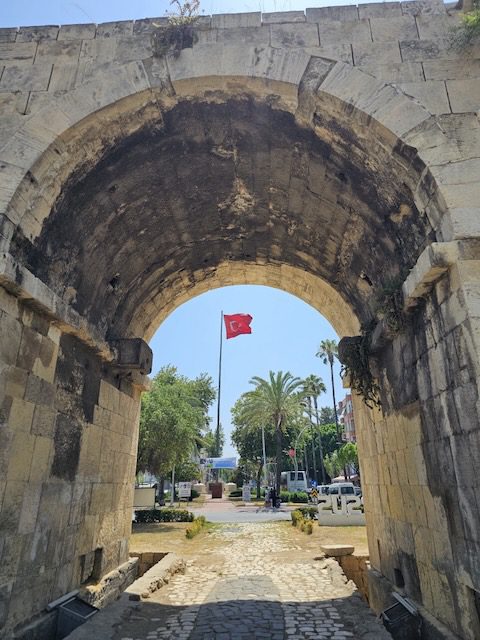 There is a small museum in Tarsus, which recognizes the importance of Paul….
There is a small museum in Tarsus, which recognizes the importance of Paul….
And excavations have produced evidence of a Roman bridge and a Roman road and a very large imperial cult temple.
The roman road is the basalt rock pavement shown in the middle of the picture. The problem here like with many cities that has existed continuously for centuries is that the important remains of the ancient city are largely under the current city. In the museum there is a model of how Roman roads were built.
Below are some shots of the remains of the imperial cult temple, which was clearly massive.
This temple was built by Hadrian, and so post-dates Paul by a half century at least. Undoubtedly, Paul would have been glad it didn’t exist in his town in his day. Tarsus even before his day was the capital of the province of Cilicia, and as such would have had Roman soldiers stationed nearby. Probably Paul’s parents obtained Roman citizenship by providing a service to the Empire, in this case by making cilicium, tents made of goat’s hair cloth, which the region was famous for. There is no evidence Paul himself was ever a Roman soldier, or a manumitted slave who obtained Roman citizenship through those means. Indeed, Acts is clear he inherited it from his parents. Slaves could not be Roman citizens, or even citizens of an important city like Tarsus. Legally they were property, not persons, and you had to be a person to be a citizen. Paul left Tarsus as a young man to further his studies in Jerusalem with Gamaliel. He may well have already received an initial rhetorical education in Tarsus, which had such teachers. We do not know if Paul’s parents went with him to Jerusalem, but considerably later we hear about him having a sister and a nephew in Jerusalem. What Paul did during the ‘hidden years’ when the Jerusalem leaders sent Paul back to Tarsus, is unsure, but probably he practiced the family trade of leather working, which included the making of wineskins, sandals, leather bags, and of course tents.
Perhaps the most curious statue is the one standing in the middle of a Tarsus street, of a warrior– named Suleman, not the famous one that ruled in Jerusalem known as Suleman the Magnificant. I imagine the subheading for this fearsome statue would be ”Welcome to Tarsus. You’d better Behave while here’.

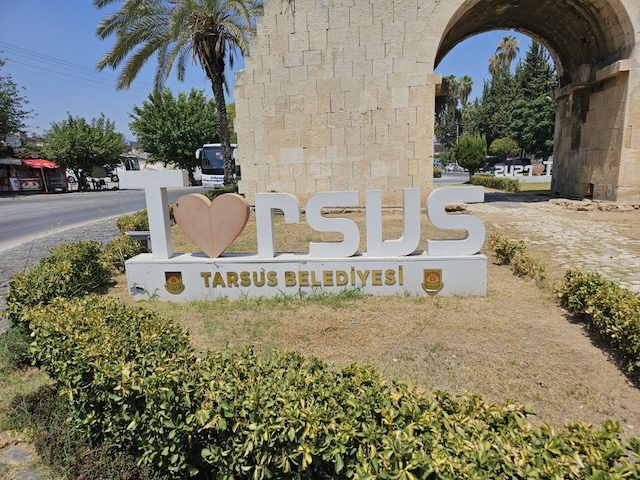
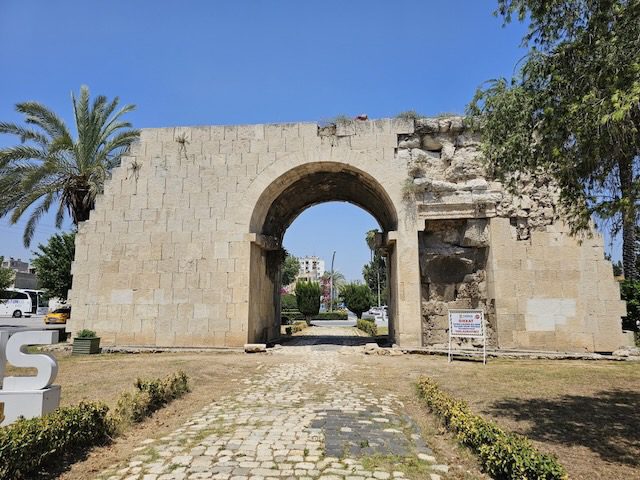
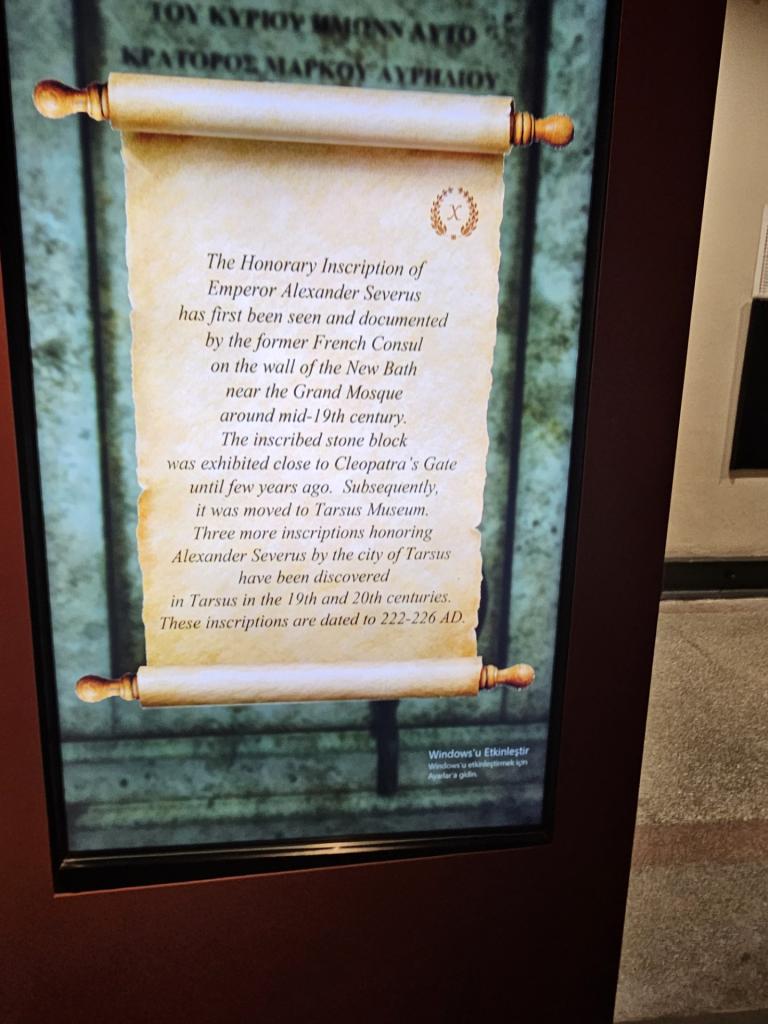
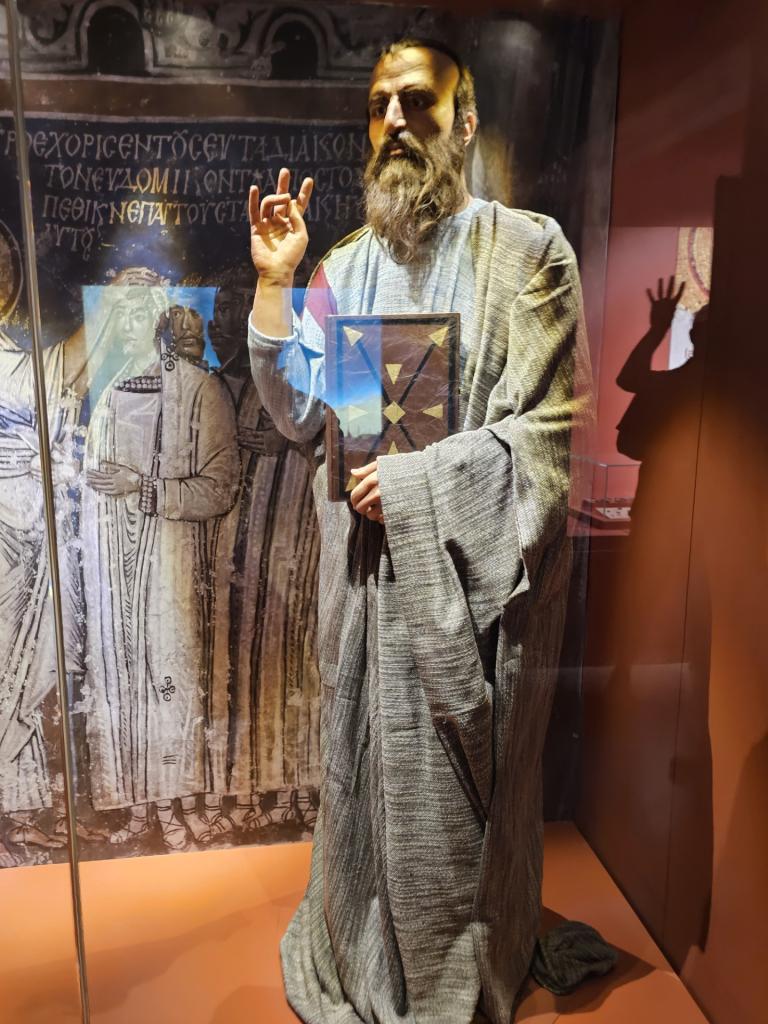
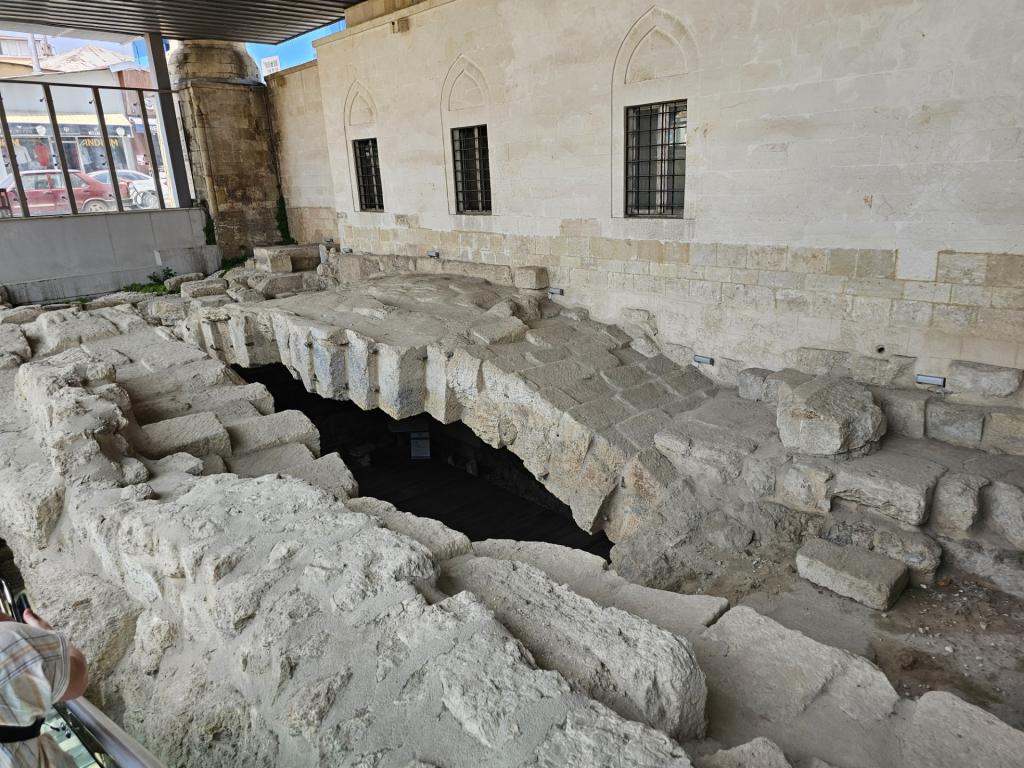
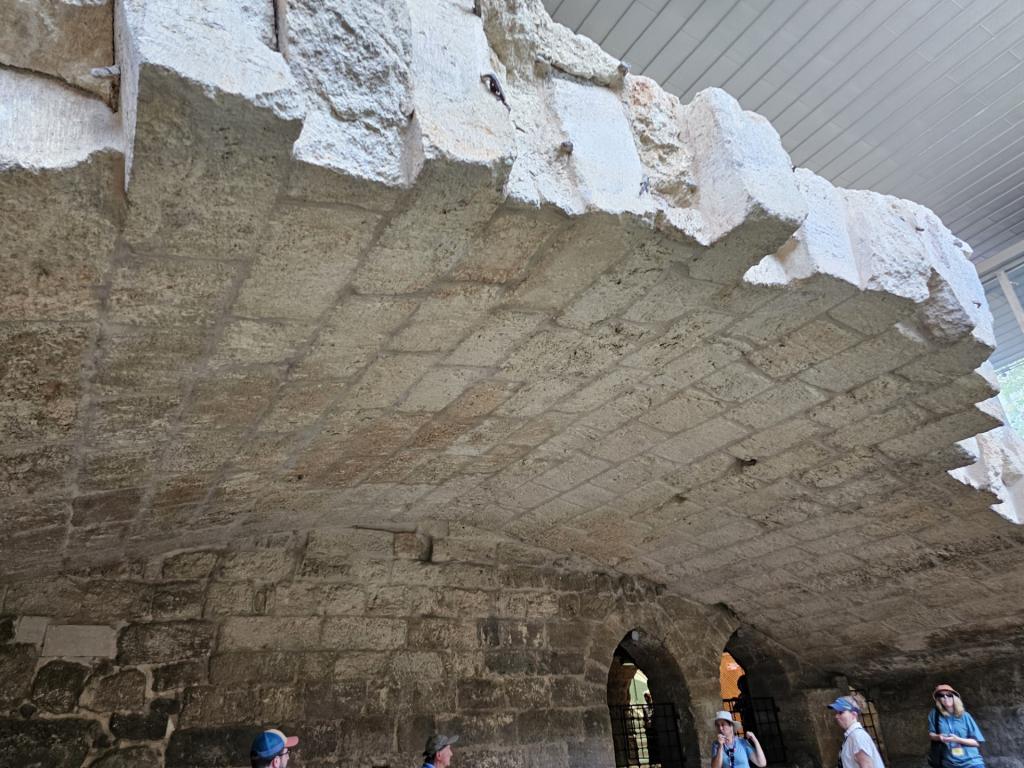
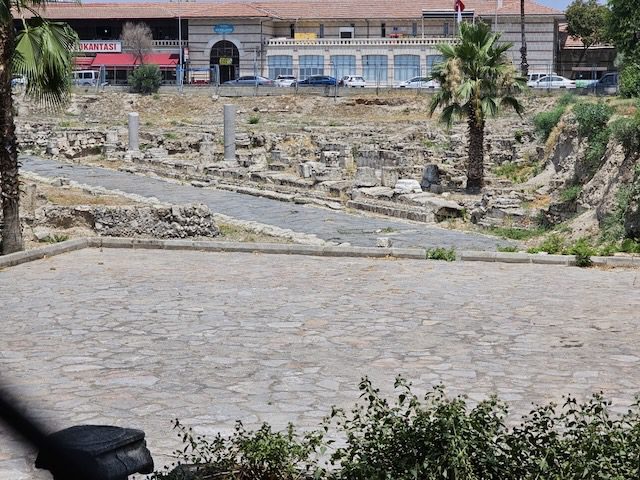
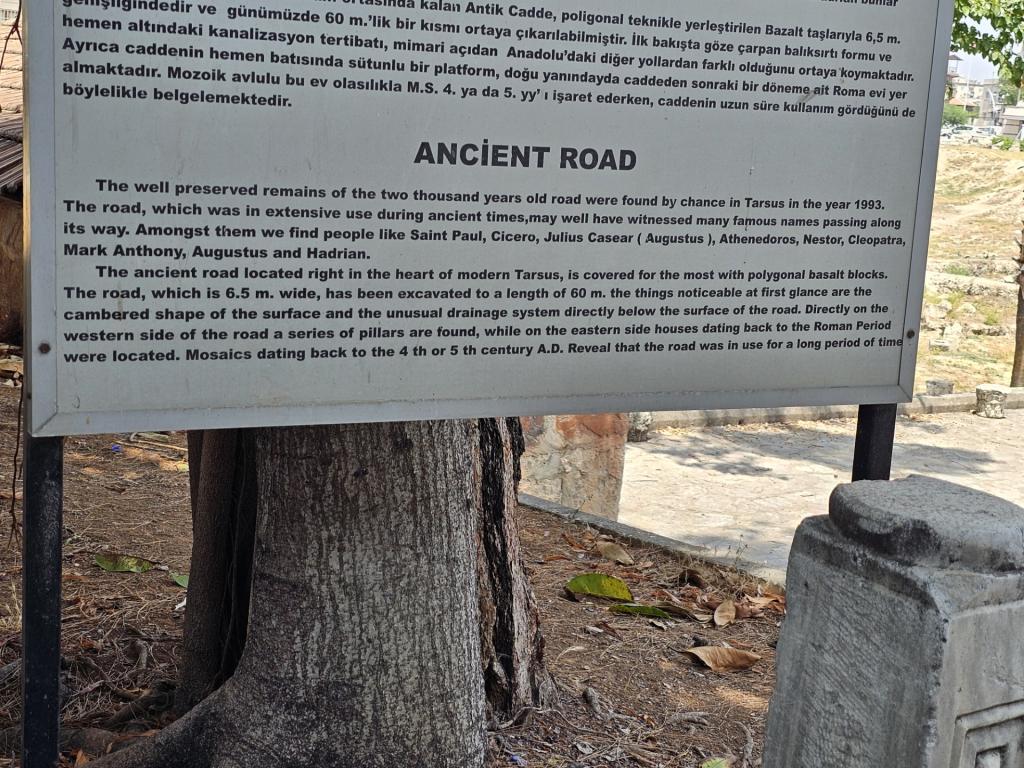
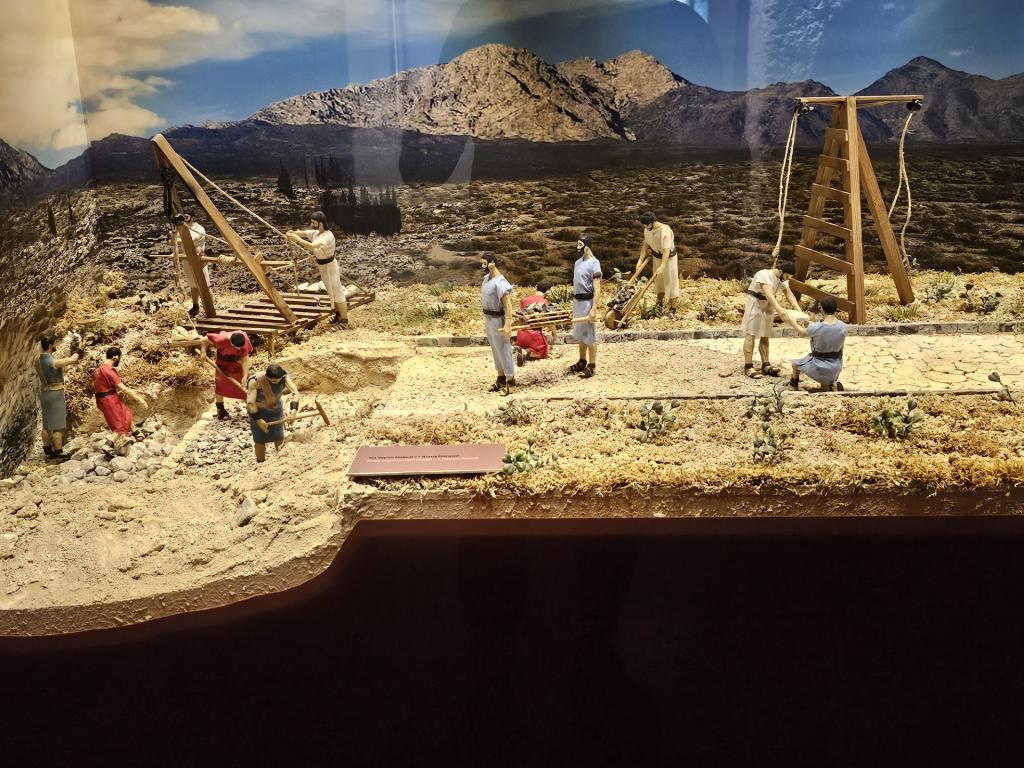
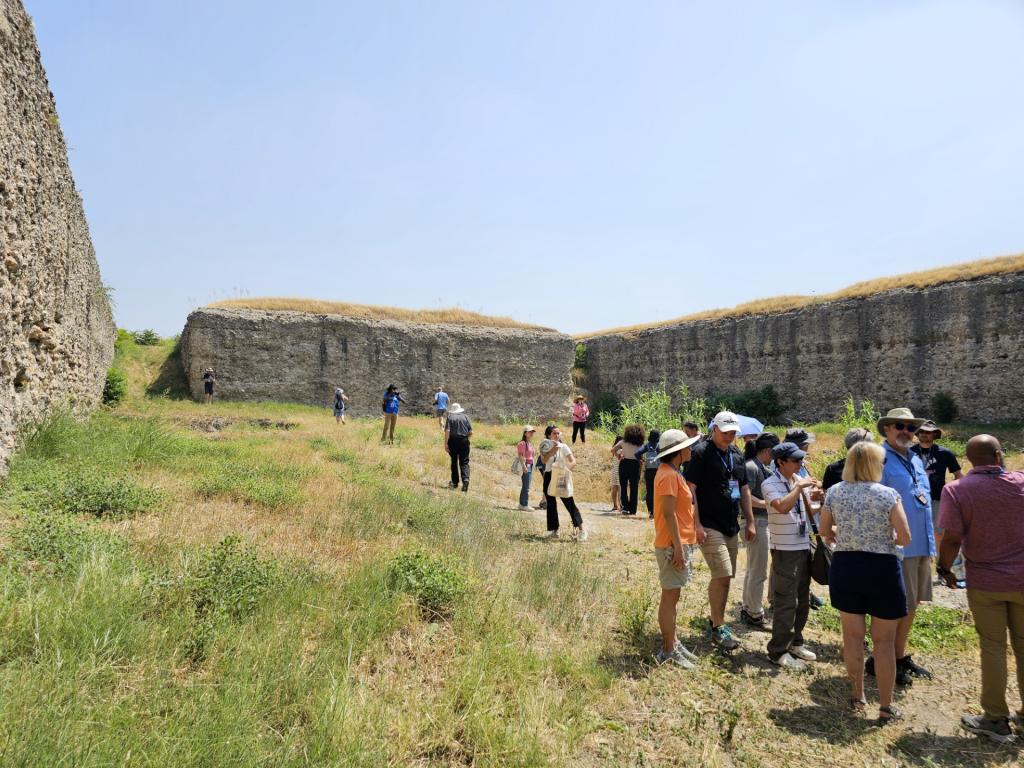
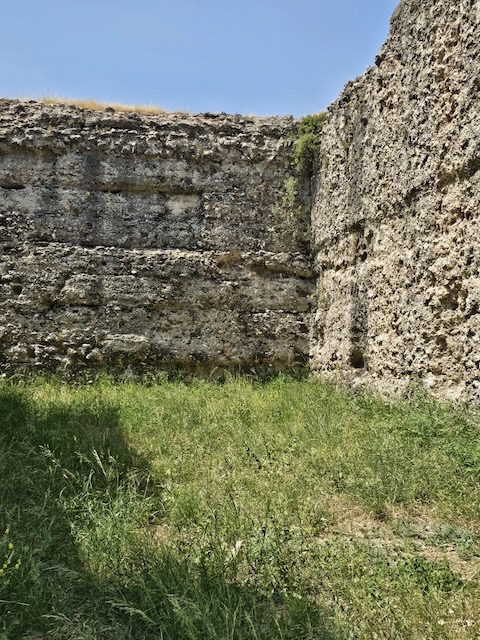
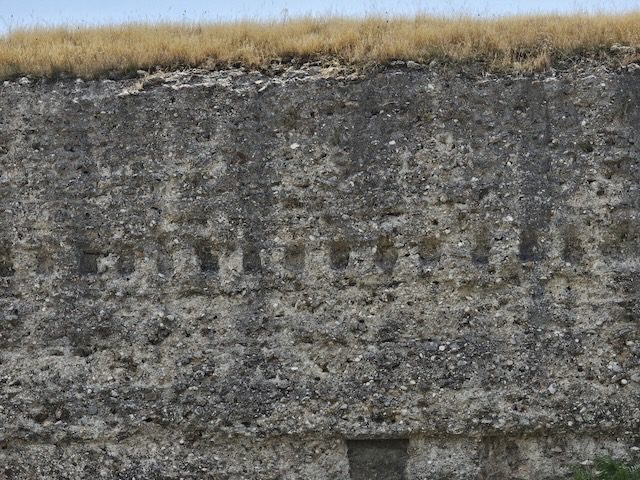
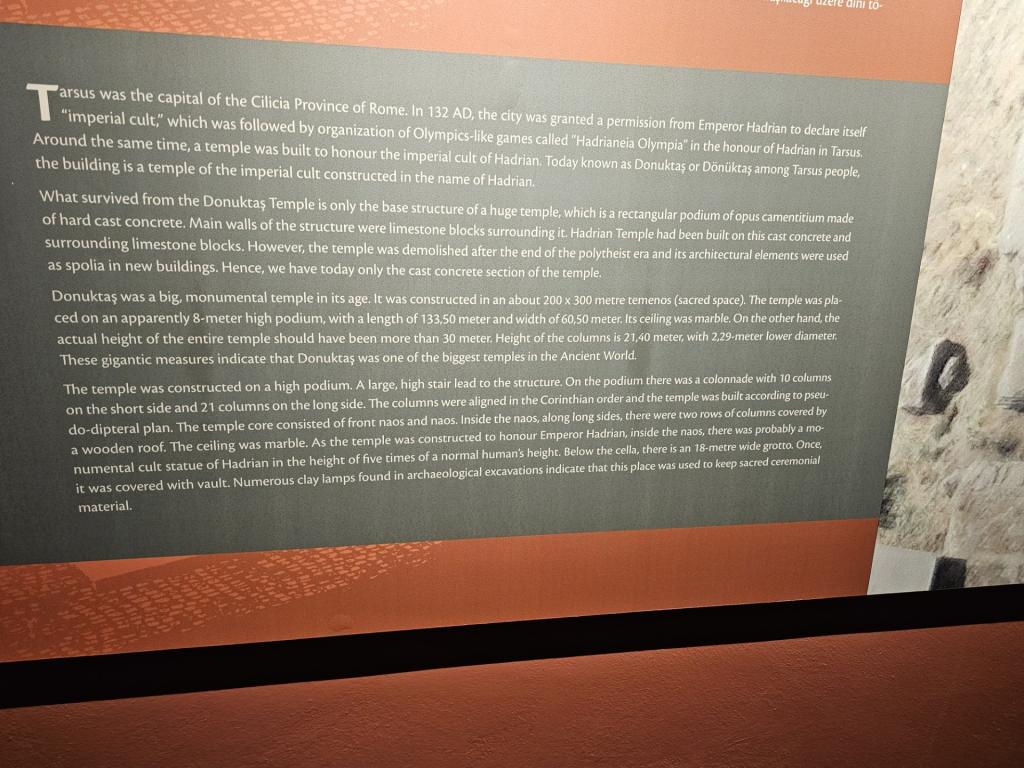
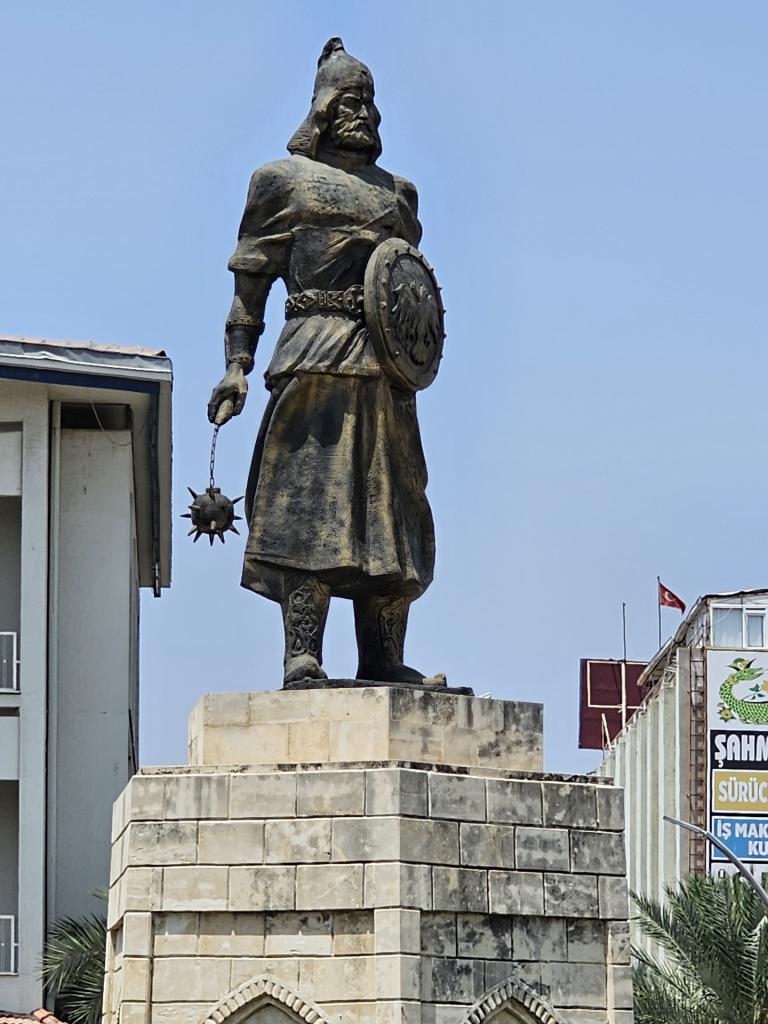





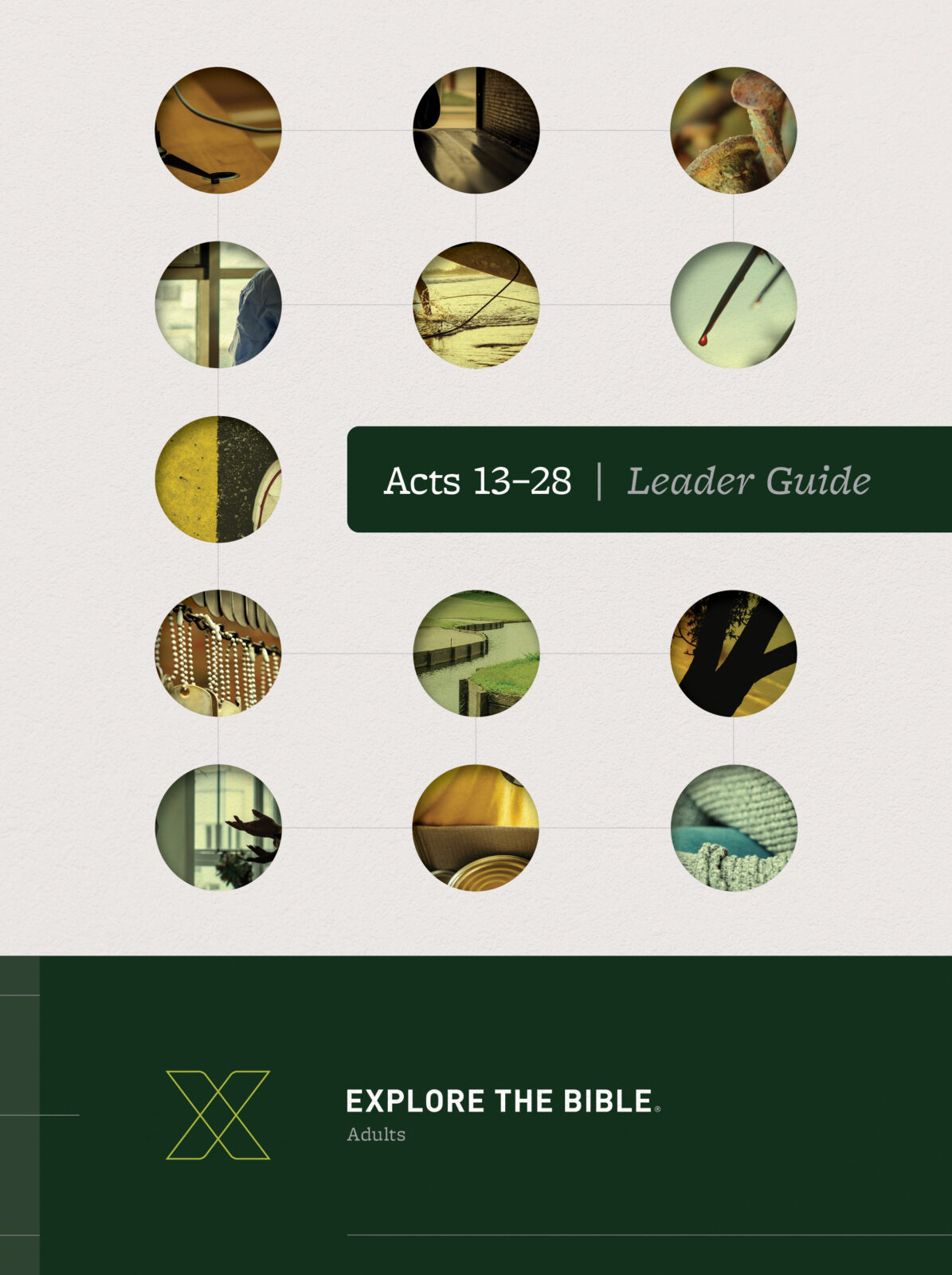

 English (US) ·
English (US) ·